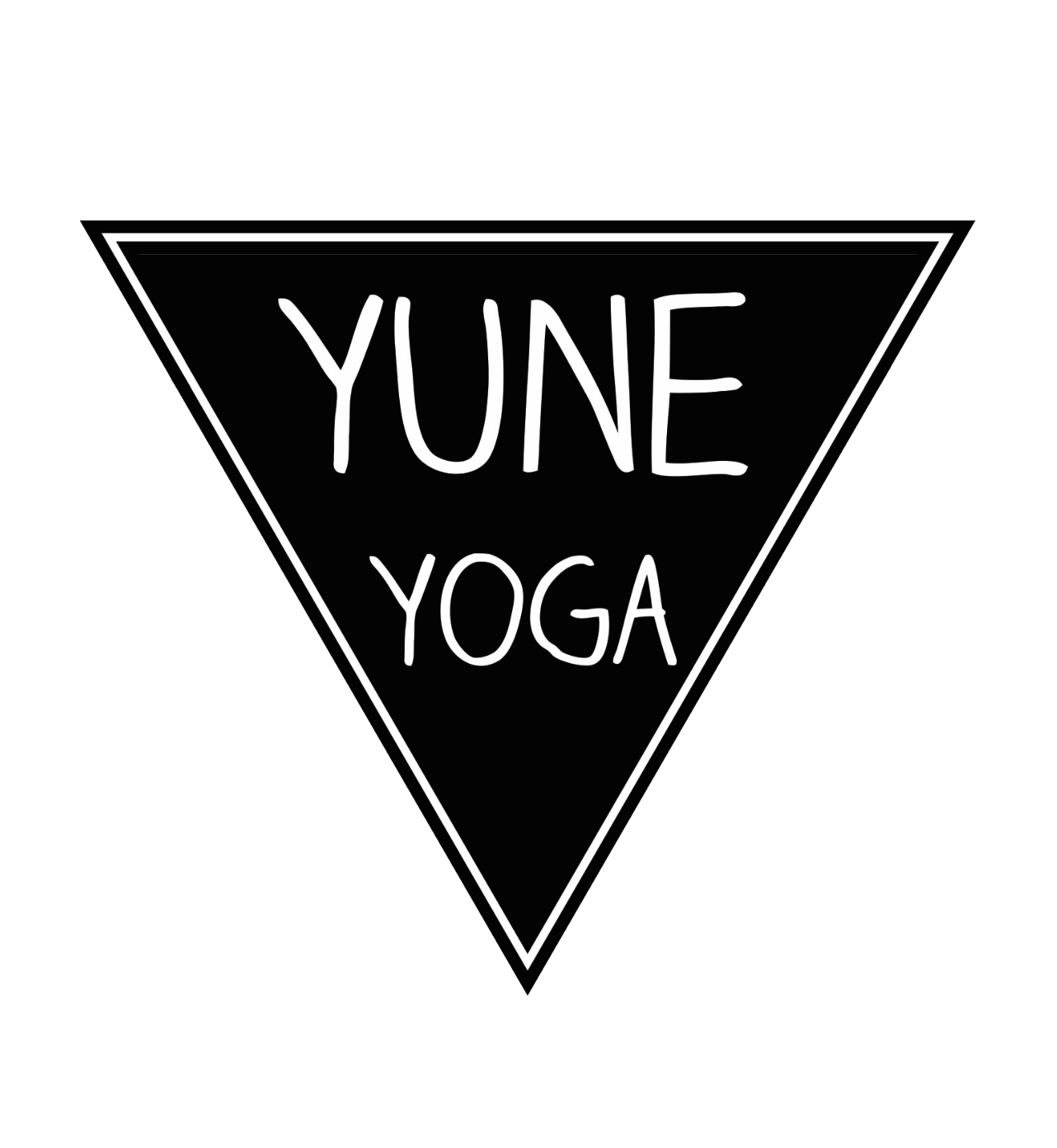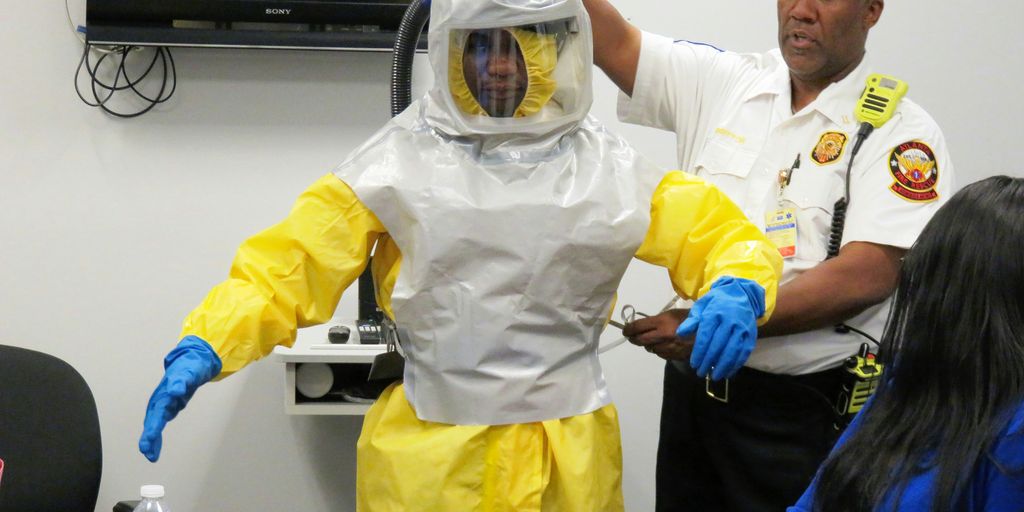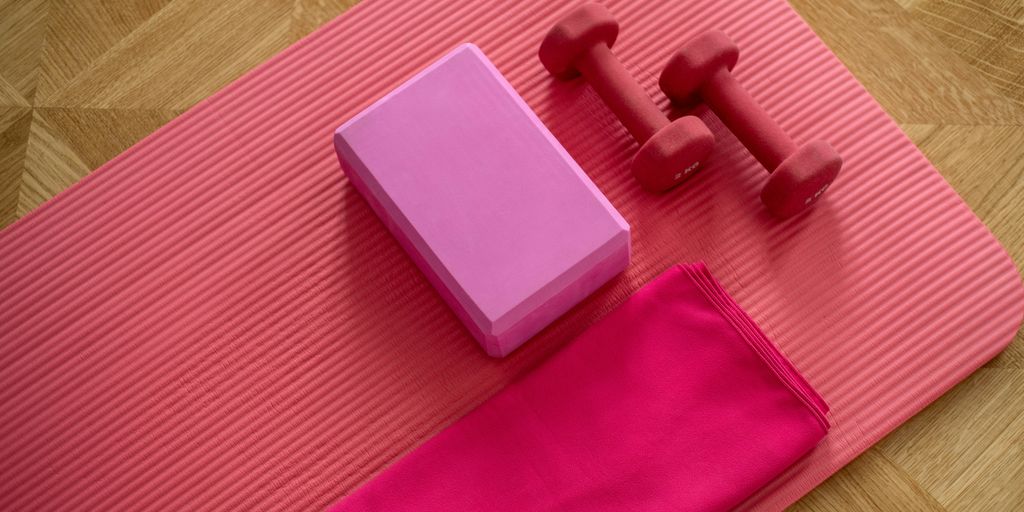
Unlocking Wellness: The Power of Healing Visualizations for Mind and Body
Healing visualizations are more than just daydreaming; they are a practical technique that connects the mind and body to promote wellness. By imagining positive outcomes and healing scenarios, individuals can tap into their inner strength to foster emotional and physical well-being. This article explores how these visualizations work, their benefits, and practical ways to incorporate them into your daily life for a healthier you.
Key Takeaways
- Healing visualizations use the mind's power to influence physical health.
- Regular practice can enhance mental clarity, emotional balance, and physical healing.
- Visualization techniques can be personalized to fit individual health needs.
- Incorporating visualization into daily routines can improve overall wellness.
- Overcoming common challenges in visualization practice can lead to more effective results.
Understanding Healing Visualizations
The Concept of Healing Visualizations
Okay, so what are healing visualizations? Basically, it's using your imagination in a focused way to promote well-being. It's like creating a movie in your mind that supports healing and relaxation. Think of it as directing your inner thoughts to work for you, not against you. It's not about magic; it's about tapping into the power of your mind.
- It involves creating mental images.
- These images are designed to promote positive change.
- It's a proactive approach to health.
I always thought visualization was some new-age thing, but it's really just about focusing your thoughts. I tried it when I had a bad headache, and picturing the pain melting away actually helped. It's worth a shot, right?
How Healing Visualizations Work
So, how does picturing stuff in your head actually do anything? Well, the idea is that your mind and body are super connected. When you visualize something positive, your brain releases chemicals that can reduce stress and promote healing. It's like tricking your body into feeling better. Plus, it can help you feel more in control, which is always a good thing. You can even use healing visualizations to help you build your own.
The Science Behind Visualization Techniques
Okay, let's get a little science-y. Studies have shown that visualization can actually change brain activity. When you visualize an action, the same brain regions light up as when you physically perform that action. This can impact everything from pain management to immune function. It's not a miracle cure, but it's a powerful tool. Here's a quick look at some potential benefits:
| Benefit | Description |
|---|---|
| Stress Reduction | Visualizations can activate the parasympathetic nervous system. |
| Pain Management | Mental imagery can alter the perception of pain. |
| Immune Function | Positive visualizations may boost immune cell activity. |
The Mind-Body Connection in Healing
Exploring the Mind-Body Relationship
Okay, so the mind-body connection? It's not just some new-age concept. It's real, and it's powerful. Think of it like this: your thoughts and feelings directly impact your physical health, and vice versa. When you're stressed, your body tenses up. When you're happy, you feel lighter. It's a two-way street. Understanding this link is key to unlocking the potential of healing visualizations.
The Role of Emotions in Healing
Emotions play a huge part in the healing process. Negative emotions, like stress and anger, can weaken your immune system and slow down recovery. Positive emotions, on the other hand, can boost your body's natural healing abilities. It's like giving your body a pep talk! Visualizations can help you process and release negative emotions, replacing them with positive ones. It's not about ignoring the bad stuff, but about finding a healthier way to deal with it. You can use healing visualizations to help with this.
How Thoughts Influence Physical Health
Your thoughts have a direct impact on your physical health. Seriously. Studies have shown that positive thinking can improve your immune system, reduce pain, and even help you live longer. Negative thoughts, well, they can do the opposite. It's all about the signals your brain sends to your body. Visualizations are a way to consciously direct those signals, telling your body to heal and thrive. It's like programming your own internal pharmacy.
It's important to remember that thoughts aren't just abstract ideas floating around in your head. They're powerful forces that can shape your reality. By learning to control your thoughts, you can take control of your health.
Here's a simple breakdown:
- Positive thoughts: Boost immune function, reduce pain, promote healing.
- Negative thoughts: Weaken immune function, increase pain, slow healing.
- Visualizations: Help shift from negative to positive thought patterns.
Benefits of Healing Visualizations

Enhancing Mental Clarity and Focus
Healing visualizations can be a game-changer when it comes to mental clarity. By regularly engaging in these practices, you're essentially training your mind to focus and filter out distractions. It's like giving your brain a regular workout, improving its ability to concentrate on the task at hand. I've found that even just a few minutes of visualization each day can make a noticeable difference in my ability to stay focused during work or studies. It's not about eliminating all thoughts, but rather about learning to gently guide your attention back to where you want it to be. This can be especially helpful if you struggle with racing thoughts or find yourself easily overwhelmed by information.
Promoting Emotional Well-Being
One of the most profound benefits of healing visualizations is their positive impact on emotional well-being. It's like giving yourself a mental hug. When you visualize positive outcomes and scenarios, you're not just daydreaming; you're actively influencing your emotional state. This can lead to reduced stress, anxiety, and even symptoms of depression. I've personally experienced how visualizing a peaceful scene or a successful interaction can shift my mood from anxious to calm in a matter of minutes. It's a powerful tool for self-soothing and emotional regulation. Plus, it can help you cultivate feelings of self-love, forgiveness, and gratitude, which are all essential for emotional health. You can use guided imagery to help with this.
Accelerating Physical Healing Processes
While it might sound a bit far-fetched, there's growing evidence that healing visualizations can actually speed up physical healing. The mind-body connection is real, and when you visualize your body healing, you're sending signals to your brain that can influence physiological processes. This doesn't mean you can skip medical treatment, but it can be a complementary therapy that supports your body's natural healing abilities. I've read studies where patients using visualization techniques experienced faster recovery times after surgery or illness. It's all about activating the body’s self-healing mechanisms. It's like giving your body a mental pep talk, encouraging it to repair and regenerate. I've used my new found visualization skills to help with this.
Think of it as planting seeds of healing in your mind. The more vividly you imagine your body recovering, the more likely it is to respond positively. It's not a magic cure, but it can be a powerful tool in your healing journey.
Practical Techniques for Healing Visualizations
Guided Imagery Practices
Okay, so you're ready to try healing visualizations? Great! One of the easiest ways to start is with guided imagery. Think of it like a mental movie, but you're the director. You can find tons of pre-made guided meditations online, or even create your own. The key is to really engage your senses. What do you see, hear, smell, taste, and feel in your visualization? The more vivid, the better. For example, if you're visualizing a peaceful beach, really try to feel the warm sand between your toes and hear the waves crashing.
Creating Personalized Visualization Exercises
While guided meditations are great, making your own personalized visualizations can be even more effective. This lets you tailor the experience to your specific needs and goals. Start by identifying what you want to heal or improve. Is it stress, pain, or something else? Then, brainstorm images, scenarios, and sensations that evoke feelings of peace, health, and well-being. Write it all down, and then practice visualizing it regularly. Don't be afraid to experiment and adjust your visualization as needed. It's all about finding what works best for you.
Incorporating Visualization into Daily Routines
Making visualization a regular habit is key to seeing real results. But how do you fit it into your already busy day? Start small. Even just five minutes a day can make a difference. Try incorporating visualization into your existing routines. For example:
- Visualize while you're brushing your teeth in the morning. Imagine your body being cleansed and energized.
- Take a few minutes to visualize during your lunch break. Picture yourself achieving your goals and feeling confident.
- Before you go to sleep, visualize a peaceful and restful night. Imagine all your worries melting away.
The best time to practice visualization is whenever you can consistently make time for it. Don't worry about being perfect. Just focus on creating a positive and relaxing experience.
Here's a simple table to help you track your visualization practice:
| Time of Day | Visualization Focus | Duration | Notes |
|---|---|---|---|
| Morning | Energy & Vitality | 5 mins | Felt more awake and focused. |
| Lunch | Goal Achievement | 5 mins | A little distracted, but still helpful. |
| Evening | Relaxation & Sleep | 10 mins | Slept soundly. |
Remember, the more you practice, the easier it will become to tap into the power of healing visualizations and experience their benefits.
Applications of Healing Visualizations
Using Visualization for Stress Management
Okay, so life gets stressful, right? We all know that. But what if you could actually do something about it, like, really do something, besides just complaining to your friends? That's where visualization comes in. It's not just about daydreaming; it's about actively using your mind to chill out. Think of it as a mental vacation you can take anytime, anywhere.
- Imagine a peaceful beach, the sound of waves, the warm sun.
- Picture yourself calmly handling a tough situation at work.
- Visualize your body relaxing, muscles loosening, tension melting away.
I used to get super anxious before presentations. Now, I spend five minutes beforehand visualizing myself nailing it – confident, clear, and collected. It's seriously made a huge difference. It's like I'm pre-programming my brain for success, and it helps me stay calm under pressure.
Visualization in Sports and Performance
It's not just for stress, though. Athletes have been using visualization for ages to up their game. It's like mental practice. You're not just sitting there; you're actively training your brain to perform better. It's about seeing yourself succeed, feeling the movements, and getting your mind and body in sync. This can be useful for sports performance.
- Improved focus and concentration
- Enhanced motor skills and coordination
- Increased confidence and self-belief
Healing Visualizations for Chronic Conditions
This is where it gets really interesting. Can visualization actually help with chronic conditions? Some people think so. The idea is that by visualizing healing, you're tapping into your body's own ability to repair itself. It's not a cure-all, but it can be a helpful addition to traditional treatments. It's about creating a positive mental environment that supports healing. I've been reading about healing visualizations and how they can help.
| Condition | Visualization Focus | Potential Benefit |
|---|---|---|
| Chronic Pain | Imagining pain melting away, soothing warmth | Reduced pain perception, increased comfort |
| Autoimmune Disease | Visualizing immune cells working in harmony, balance | Reduced inflammation, improved immune function |
| Cancer | Picturing cancer cells shrinking, healthy cells strong | Enhanced immune response, improved treatment outcomes |
Overcoming Challenges with Healing Visualizations
Common Obstacles to Effective Visualization
Okay, so you're trying out healing visualizations, but it's not all smooth sailing, right? You're not alone. One big issue is a wandering mind. It's tough to stay focused when your brain wants to think about what you're having for dinner or that awkward thing you said last week. Another problem? Doubt. If you don't really believe it can work, it's like trying to start a car with an empty tank. Lack of clarity is also a major hurdle. If you're not sure what you're visualizing, it's hard to get anywhere. And let's not forget the "too busy" excuse. Fitting it into your day can feel impossible.
Strategies to Enhance Visualization Practice
Alright, let's tackle those obstacles. First, for the wandering mind, try guided imagery. It gives you something to focus on. There are tons of free ones online. Second, believe it or not, environment matters. Find a quiet spot where you won't be disturbed. Make it a ritual. Light a candle, play some soft music, whatever helps you relax. And if you're struggling with clarity, write it down! What do you want to achieve? What does it look like, feel like, sound like? The more specific you are, the better. Finally, start small. Even five minutes a day is better than nothing. Baby steps, people!
Here's a simple breakdown:
- Wandering Mind: Use guided imagery.
- Doubt: Start with small, believable goals.
- Lack of Clarity: Write down your visualization in detail.
- Time Constraints: Start with just 5 minutes a day.
Building Consistency in Visualization Techniques
Consistency is key, but how do you actually do it? First, schedule it. Put it in your calendar like any other appointment. Second, find an accountability buddy. Someone who will check in on you and keep you motivated. Third, don't beat yourself up if you miss a day. Just get back on track the next day. Think of it like brushing your teeth. You wouldn't skip brushing forever just because you missed one night, right? And finally, track your progress. Write down how you feel before and after each session. You might be surprised at how much it's helping, even if you don't notice it right away. Building emotional resilience is a marathon, not a sprint.
It's important to remember that visualization is a skill, and like any skill, it takes practice. Don't get discouraged if you don't see results immediately. Just keep at it, and you'll get better over time. The more you practice, the easier it will become, and the more benefits you'll experience. Think of it as training your brain to work for you, not against you.
Integrating Healing Visualizations into Wellness Routines
Combining Visualization with Other Wellness Practices
Okay, so you're into healing visualizations, that's great! But here's the thing: they work even better when you team them up with other good habits. Think of it like this: visualization is the lead singer, but visualization meditation is the whole band.
- Mindfulness: Being present helps you focus during visualizations.
- Yoga: Combines physical poses with mental focus, amplifying the effects.
- Meditation: Quiets the mind, making it easier to visualize.
It's all about creating a synergy. For example, after a yoga session, when your body is relaxed, try a visualization exercise. You'll be surprised how much deeper you can go. Or, before a stressful meeting, use a quick visualization to calm your nerves, building on the mindfulness you've been practicing. It's about weaving these practices together to create a stronger, more resilient you.
Creating a Holistic Approach to Health
Going holistic means looking at the whole picture, not just one piece. It's about understanding that your mind, body, and spirit are all connected. Healing visualizations fit perfectly into this approach because they address the mental and emotional aspects of health, which often get overlooked.
Here's how to build a holistic routine:
- Nutrition: Fuel your body with healthy foods to support mental clarity.
- Exercise: Regular physical activity reduces stress and improves mood.
- Sleep: Prioritize sleep for optimal cognitive function and emotional regulation.
- Visualization: Use visualizations to reinforce positive beliefs and promote healing.
By integrating these elements, you're not just treating symptoms; you're addressing the root causes of imbalance. It's a journey, not a quick fix, but the rewards are well worth the effort.
Tracking Progress and Outcomes with Visualization
How do you know if your healing visualizations are actually working? Well, you gotta track your progress! It's not just about feeling good in the moment, but seeing real, tangible changes over time.
Here are some ways to keep tabs on your journey:
- Journaling: Write down your visualizations, feelings, and any changes you notice.
- Mood Tracking: Use a mood tracker to monitor your emotional state over time.
- Physical Symptoms: Note any improvements in physical symptoms, like pain or fatigue.
| Metric | Start Date | Week 4 | Week 8 |
|---|---|---|---|
| Mood (1-10) | 5 | 7 | 8 |
| Pain Level (1-10) | 7 | 5 | 3 |
| Sleep Quality | Poor | Fair | Good |
The key is consistency. Don't expect overnight miracles. Keep practicing, keep tracking, and you'll start to see the positive impact of healing visualizations on your overall well-being.
Embracing the Journey of Healing Visualizations
In wrapping up, it’s clear that healing visualizations can be a game changer for both your mind and body. By taking just a few moments each day to visualize your goals and well-being, you can start to see real changes in your life. It’s not about magic; it’s about training your mind to focus on what you want and believe in your ability to achieve it. Whether you're dealing with stress, seeking better health, or just wanting to feel more positive, these techniques can help. So why not give it a shot? Start small, be patient with yourself, and watch how these simple practices can lead to big shifts in your overall wellness.
Frequently Asked Questions
What are healing visualizations?
Healing visualizations are mental exercises where you imagine positive images or scenarios to promote health and well-being.
How do healing visualizations work?
They work by using the connection between your mind and body. When you visualize something, your brain reacts as if it's real, helping to reduce stress and improve health.
Is there scientific support for visualization techniques?
Yes, many studies show that visualization can help with healing, reduce pain, and improve mental clarity.
Can anyone practice healing visualizations?
Absolutely! Anyone can practice healing visualizations, regardless of their experience level.
What are some benefits of using healing visualizations?
They can help you feel less stressed, improve your mood, and even speed up healing from illnesses.
How can I incorporate visualizations into my daily routine?
You can set aside a few minutes each day to practice visualizations, like imagining a peaceful place or achieving a goal.


